Produced on the occasion of Isa Genzken: Models for Outdoor Projects, held at the Bundeskunsthalle Bonn in 2016. The publication introduces Isa Genzken’s complete 42 projects for outdoor sculptures, from the years 1984–2016. Each project is extensively illustrated, with accompanying texts by Manfred Hermes both in German and English. In addition, the book contains an introductory text by Susanne Kleine.


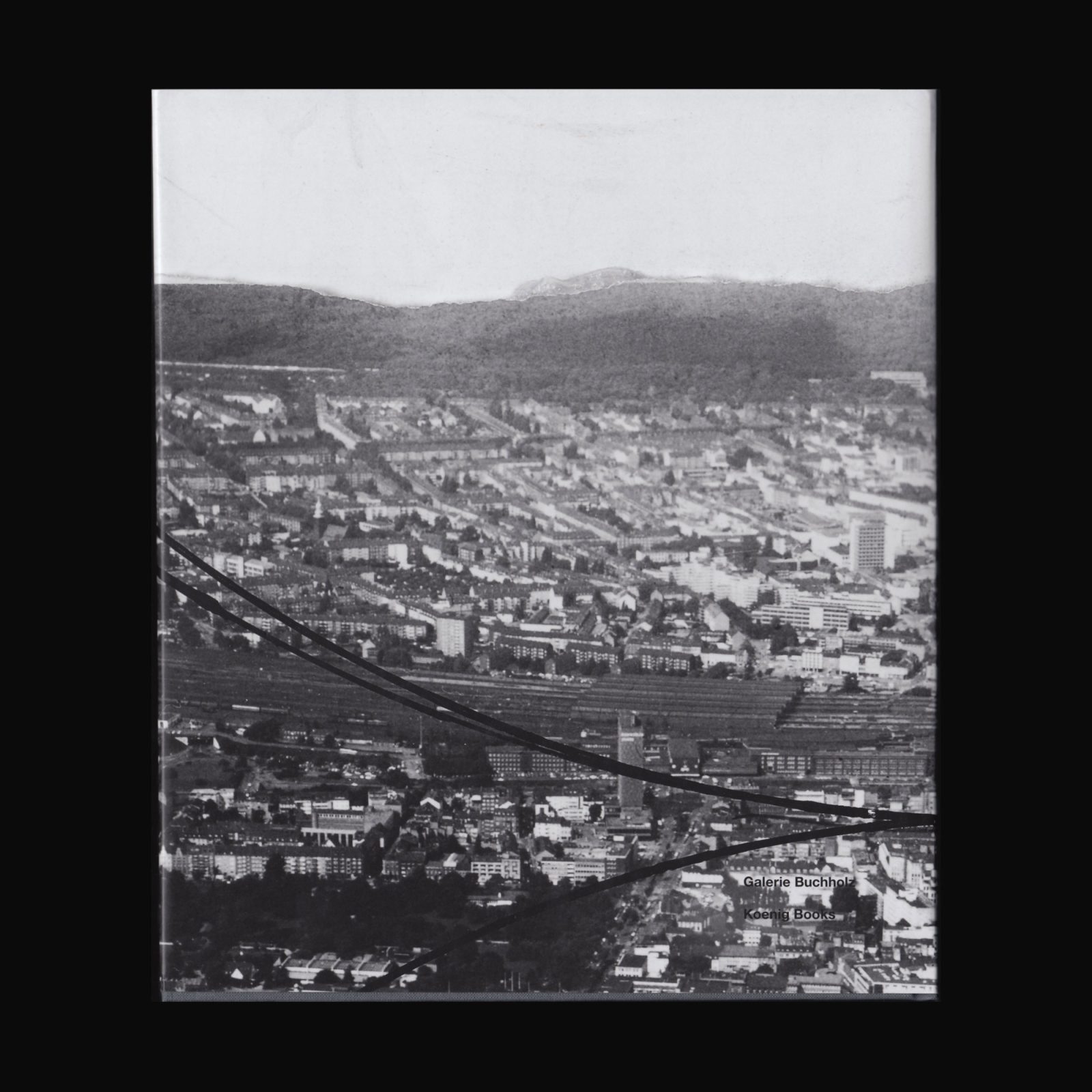
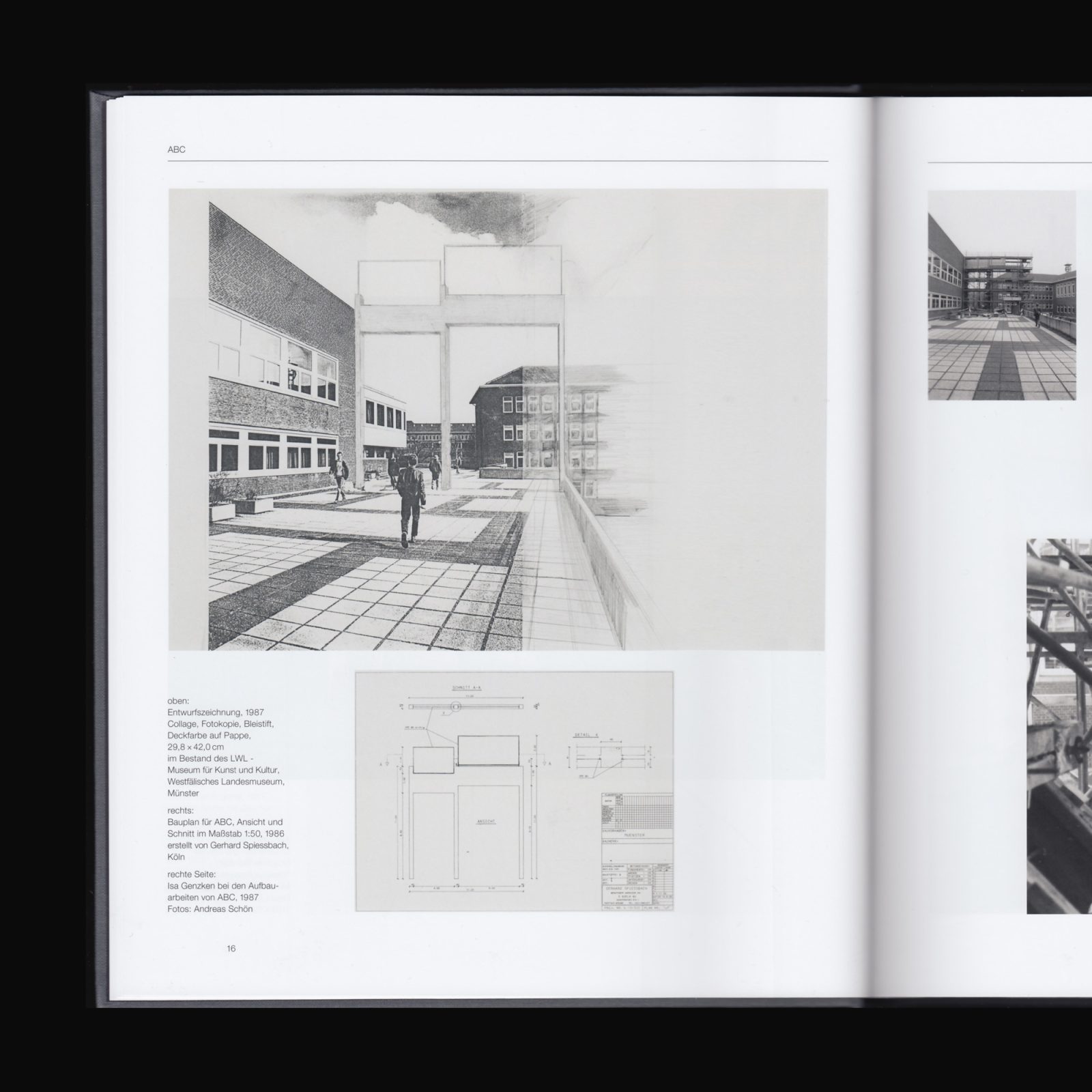
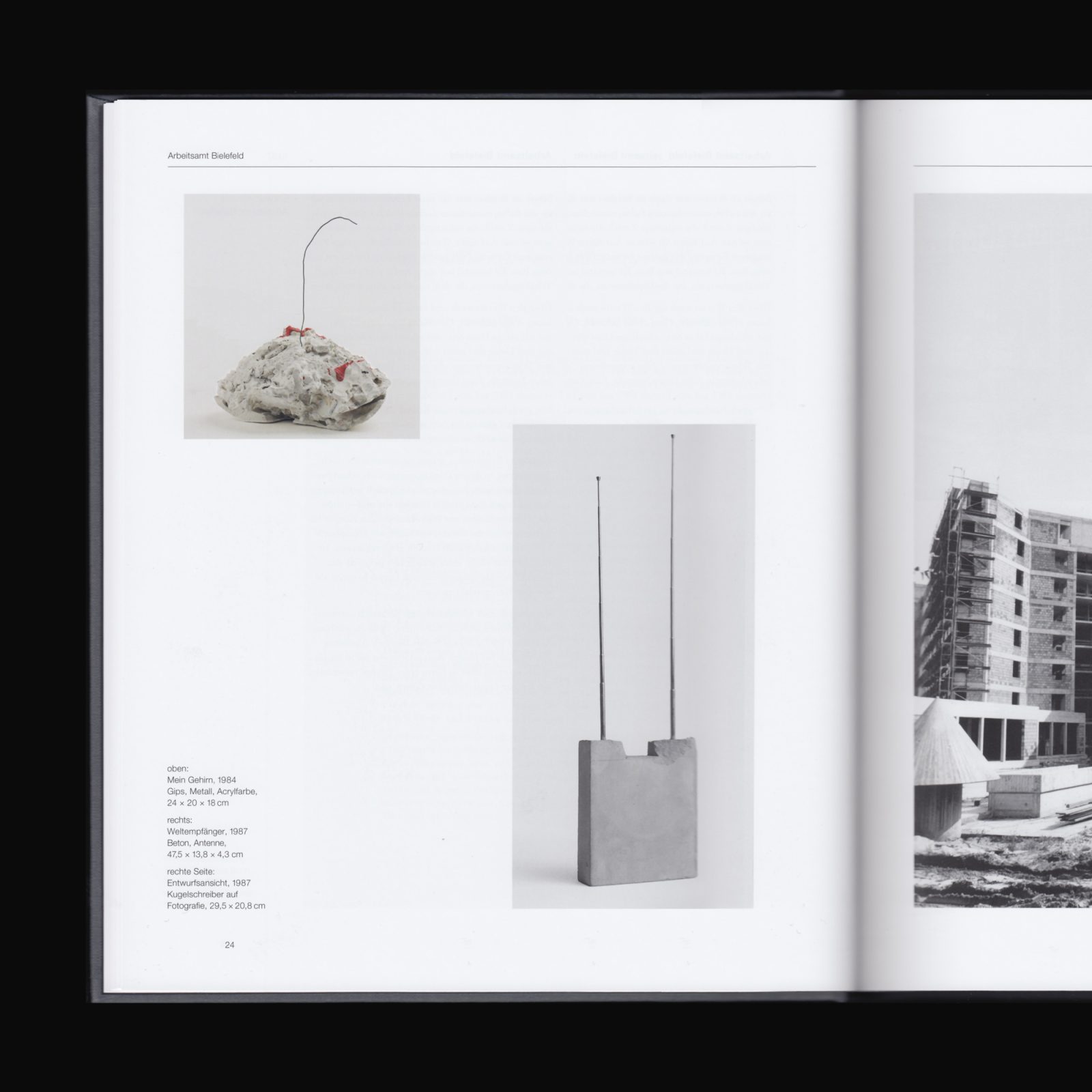
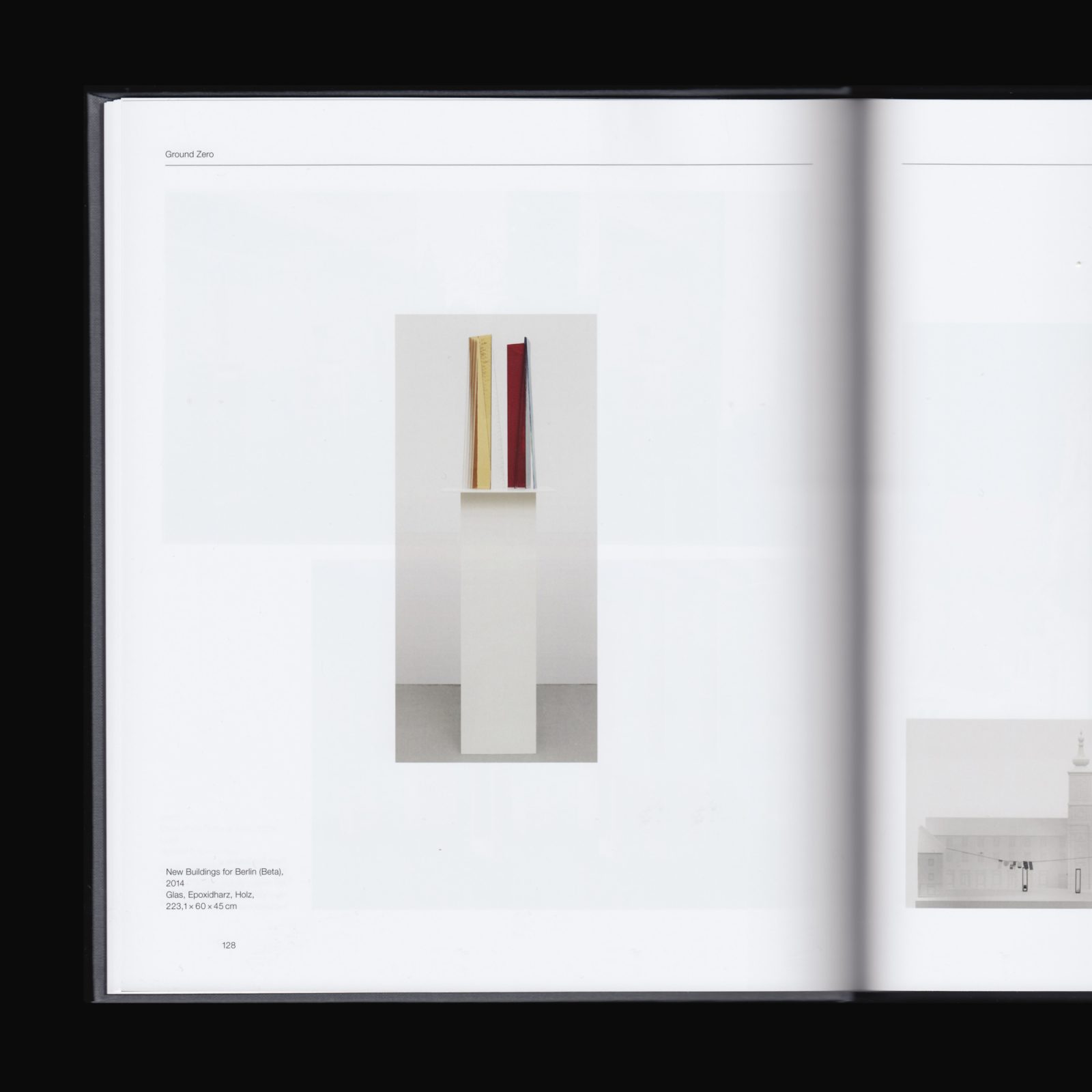
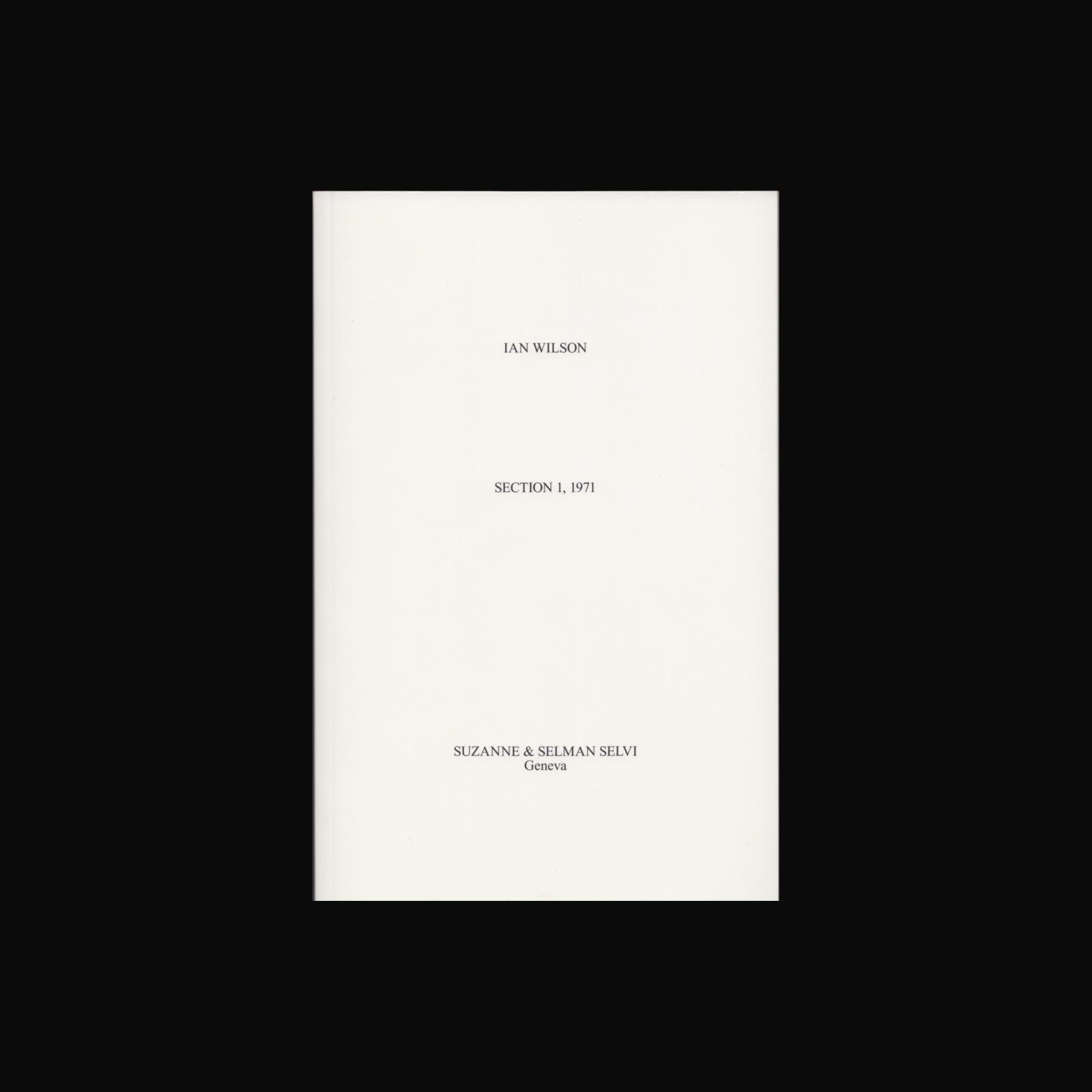

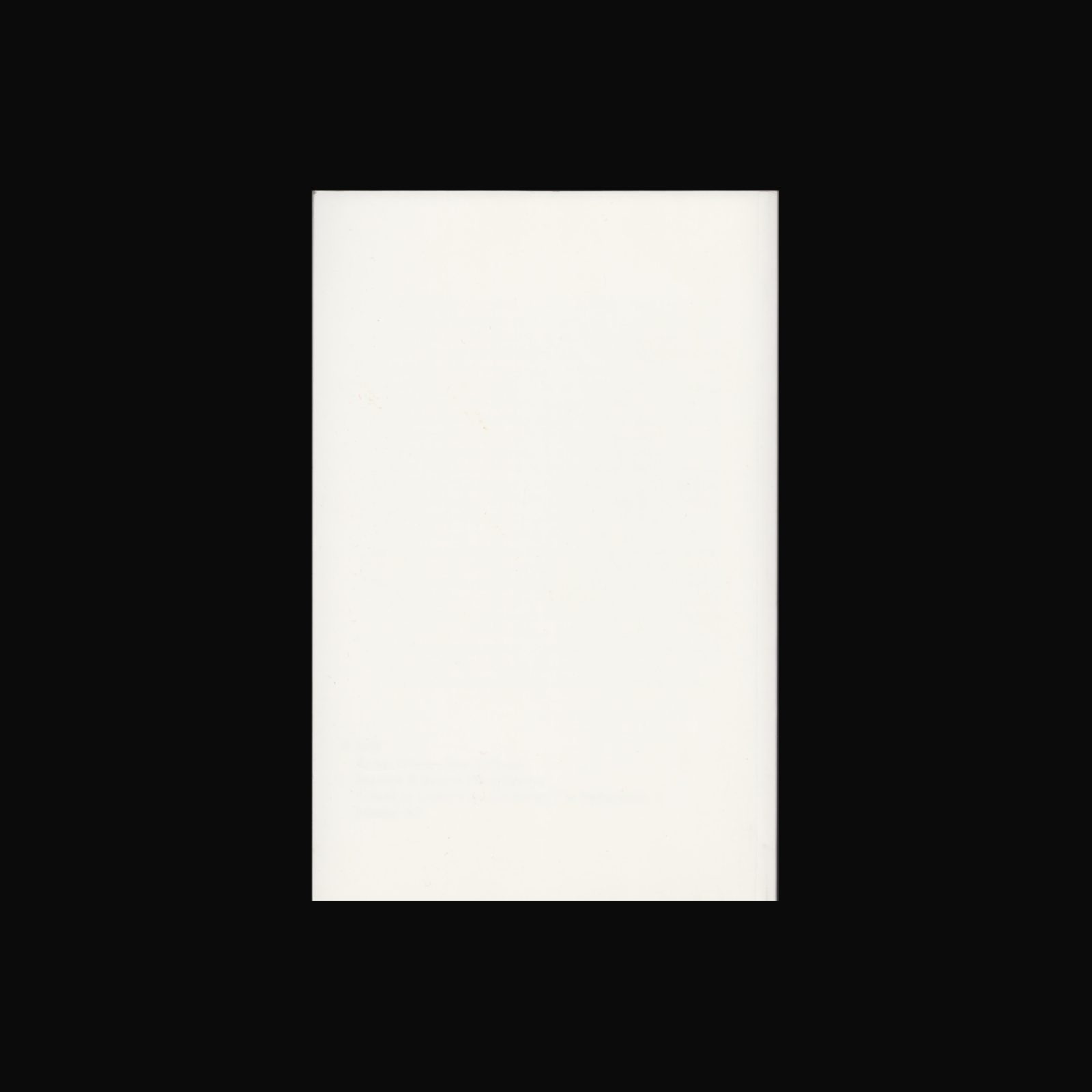
Ian Wilson has been exploring the aesthetic potential of spoken language since the late 1960s. His ongoing body of work—beginning with “oral communication” and eventually including his signature Discussions—began in 1968 with the spoken word “time”.
Over the course of the 1970s, his discussions took on a more formal character, and his interests shifted towards ‘The Known and Unknown’, based on Plato’s ‘The Parmenides’. In contrast to a ‘performance’, during a discussion the audience can actively take part in realising the concept of ‘oral communication’. Wilson does not want the discussion to be recorded either on film or audio. Wilson summarises the core of these discussions in a book series entitled ‘section’.


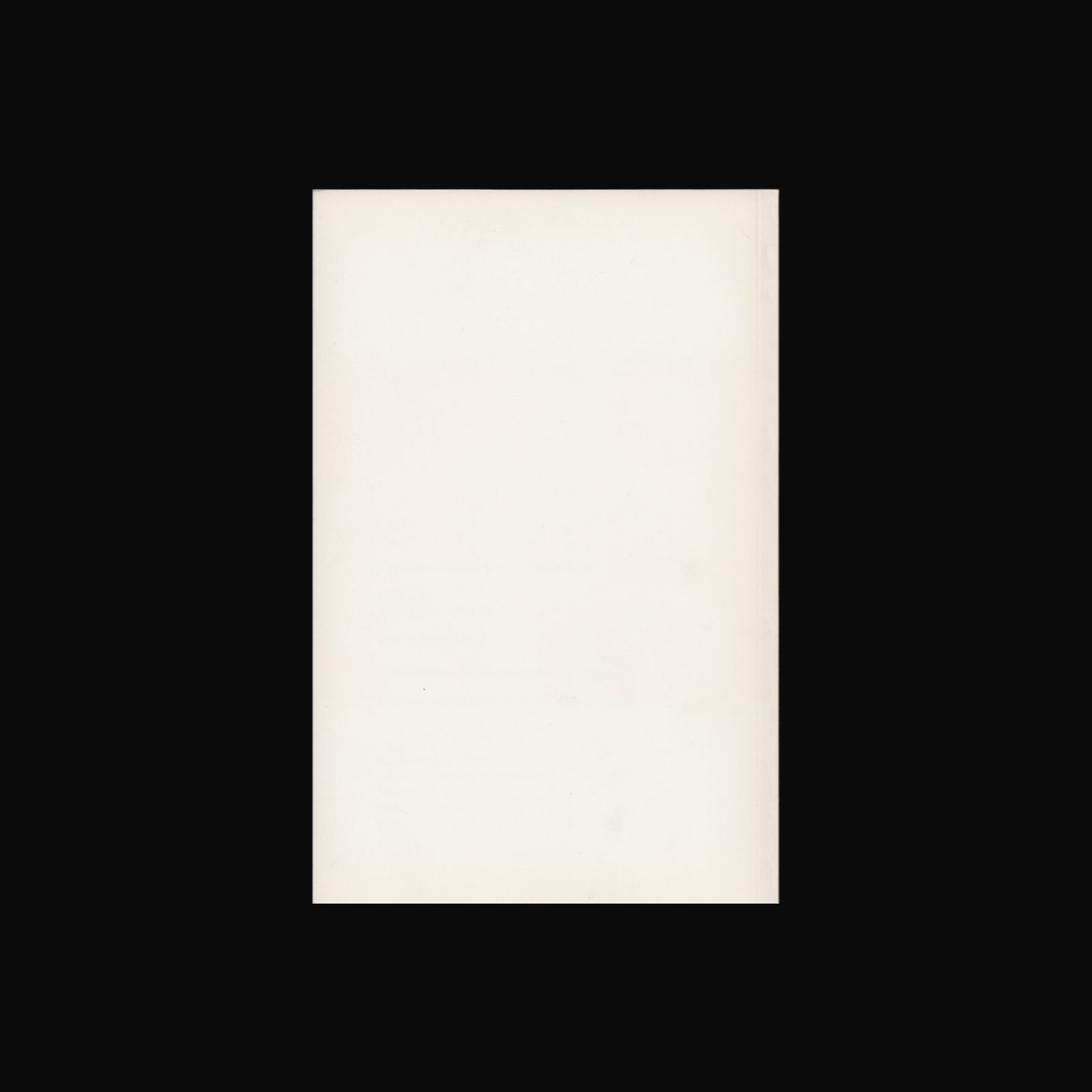
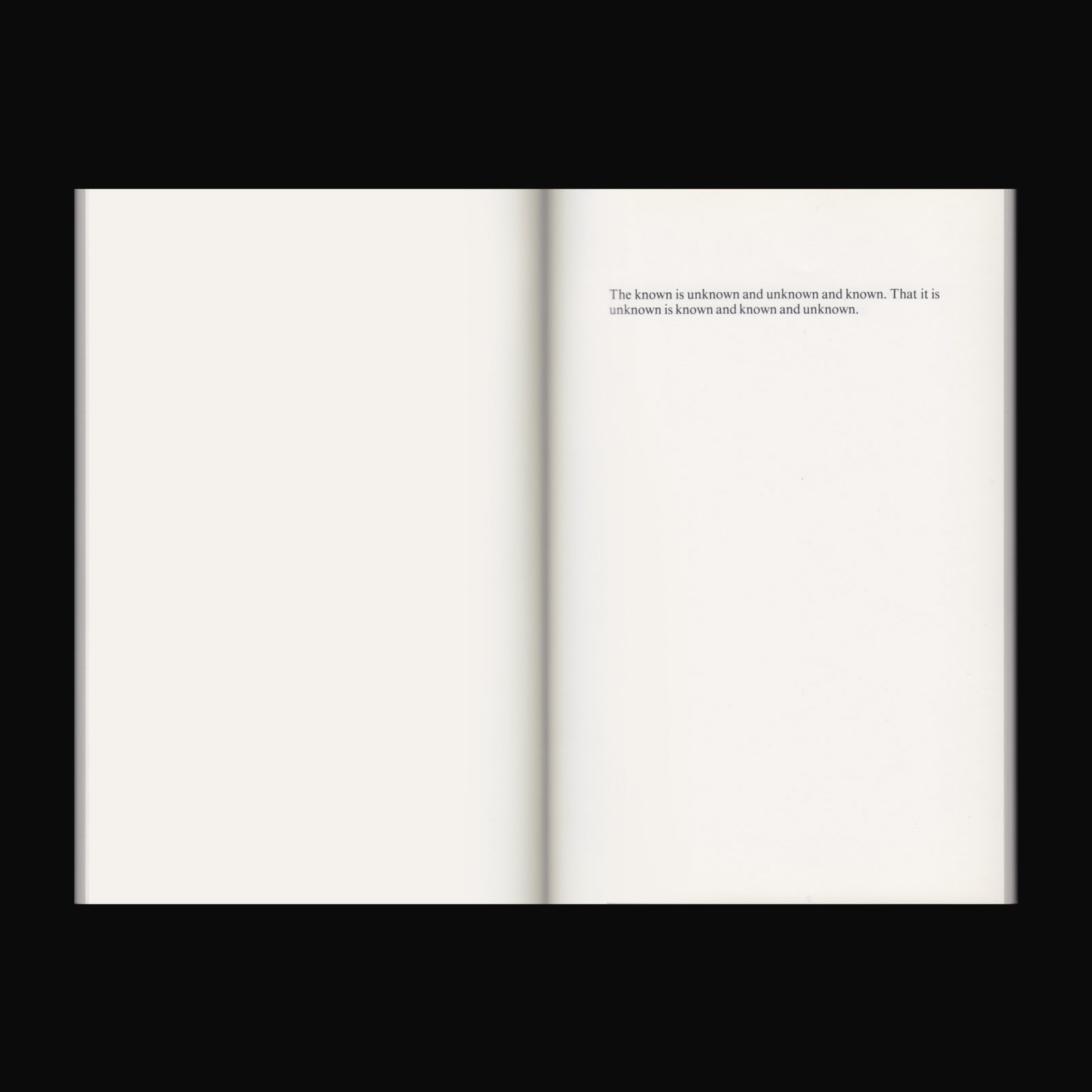
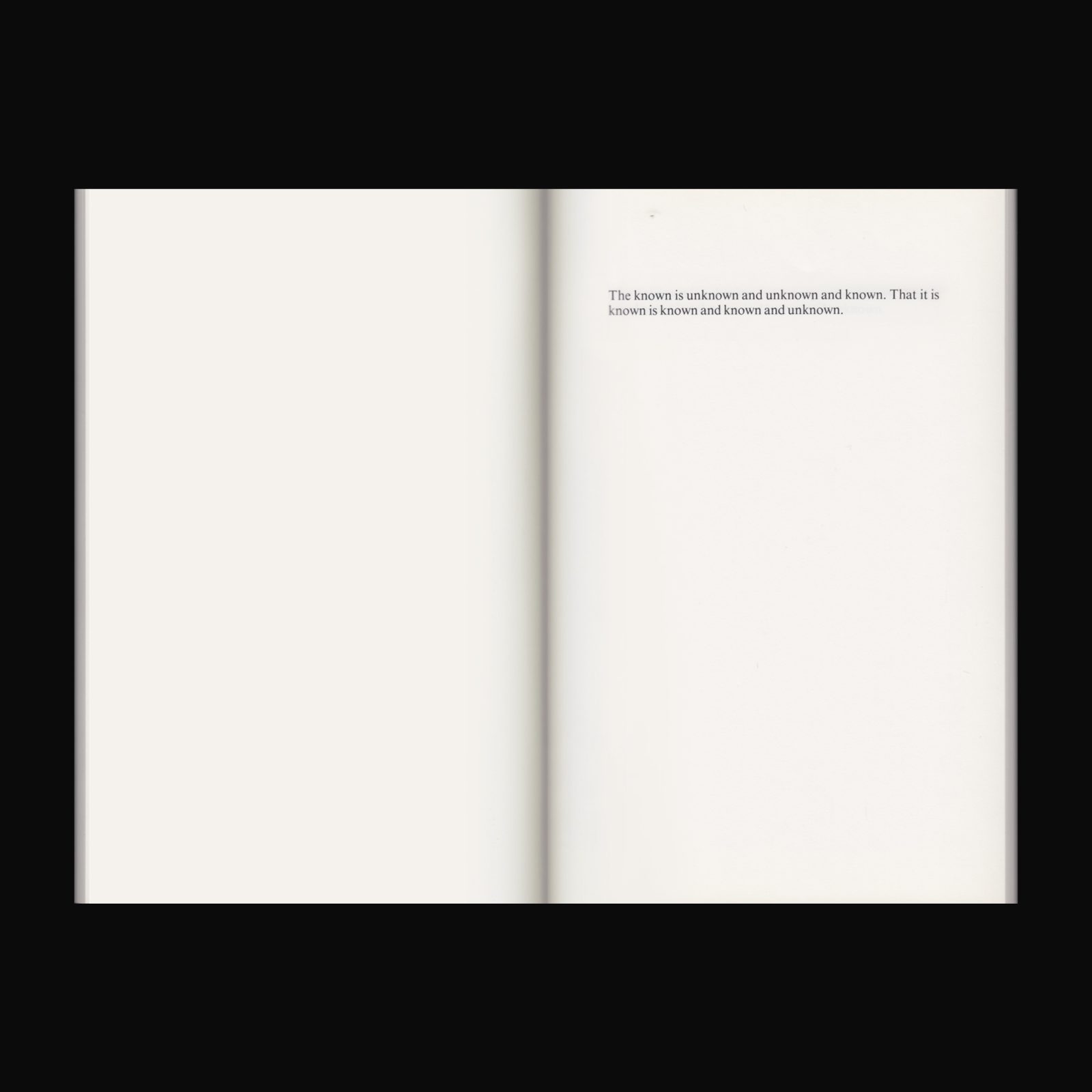

Ian Wilson has been exploring the aesthetic potential of spoken language since the late 1960s. His ongoing body of work—beginning with “oral communication” and eventually including his signature Discussions—began in 1968 with the spoken word “time”.
Over the course of the 1970s, his discussions took on a more formal character, and his interests shifted towards ‘The Known and Unknown’, based on Plato’s ‘The Parmenides’. In contrast to a ‘performance’, during a discussion the audience can actively take part in realising the concept of ‘oral communication’. Wilson does not want the discussion to be recorded either on film or audio. Wilson summarises the core of these discussions in a book series entitled ‘section’.
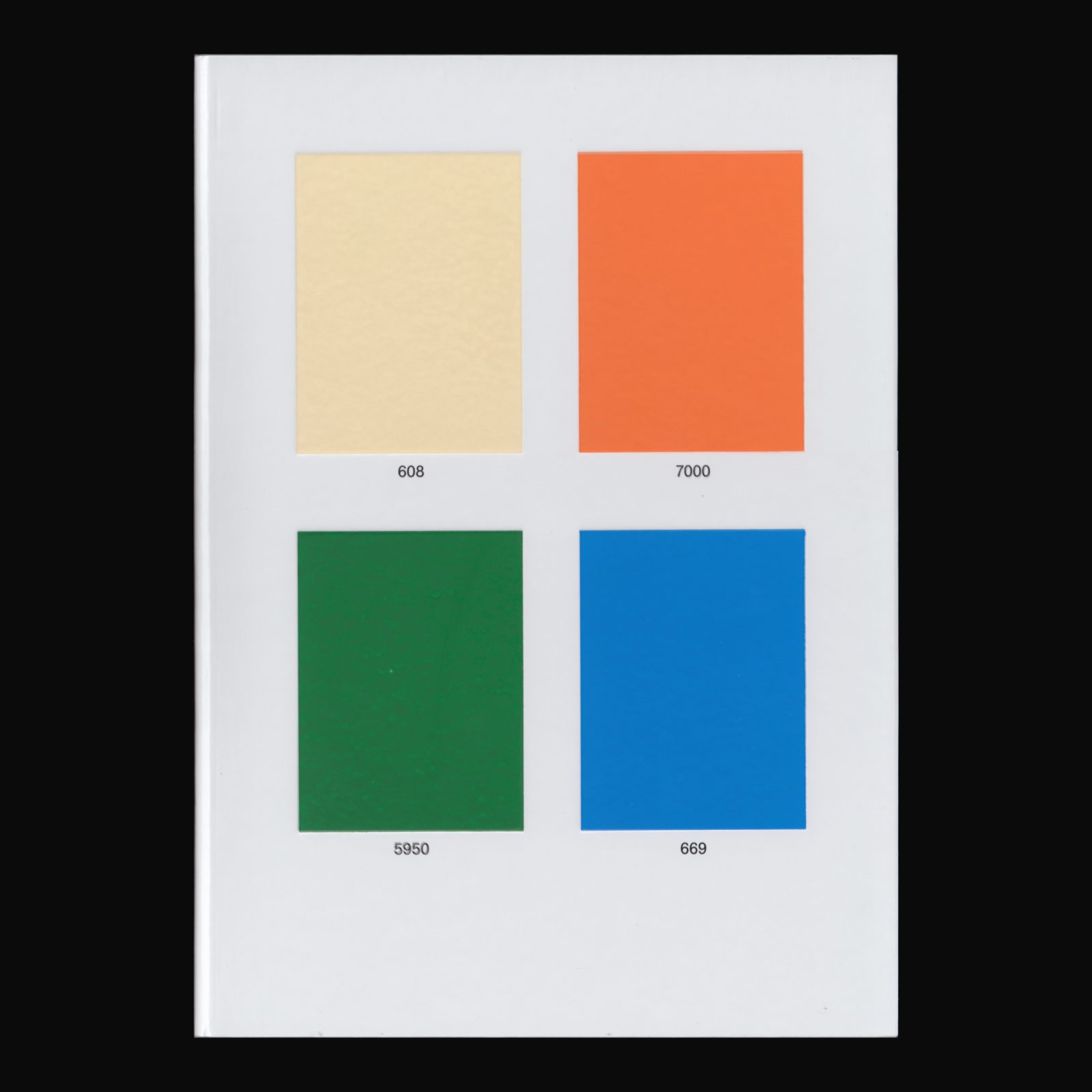
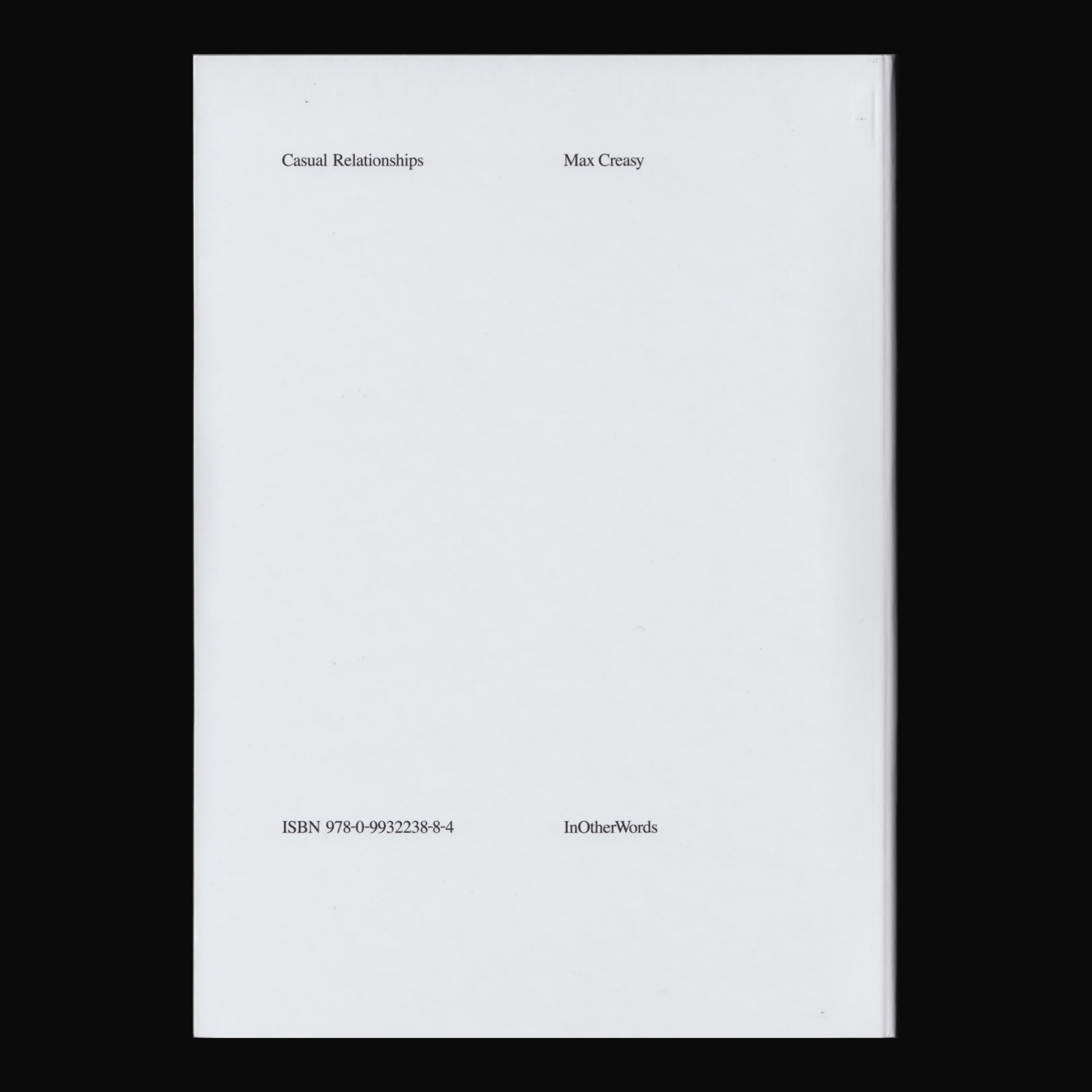
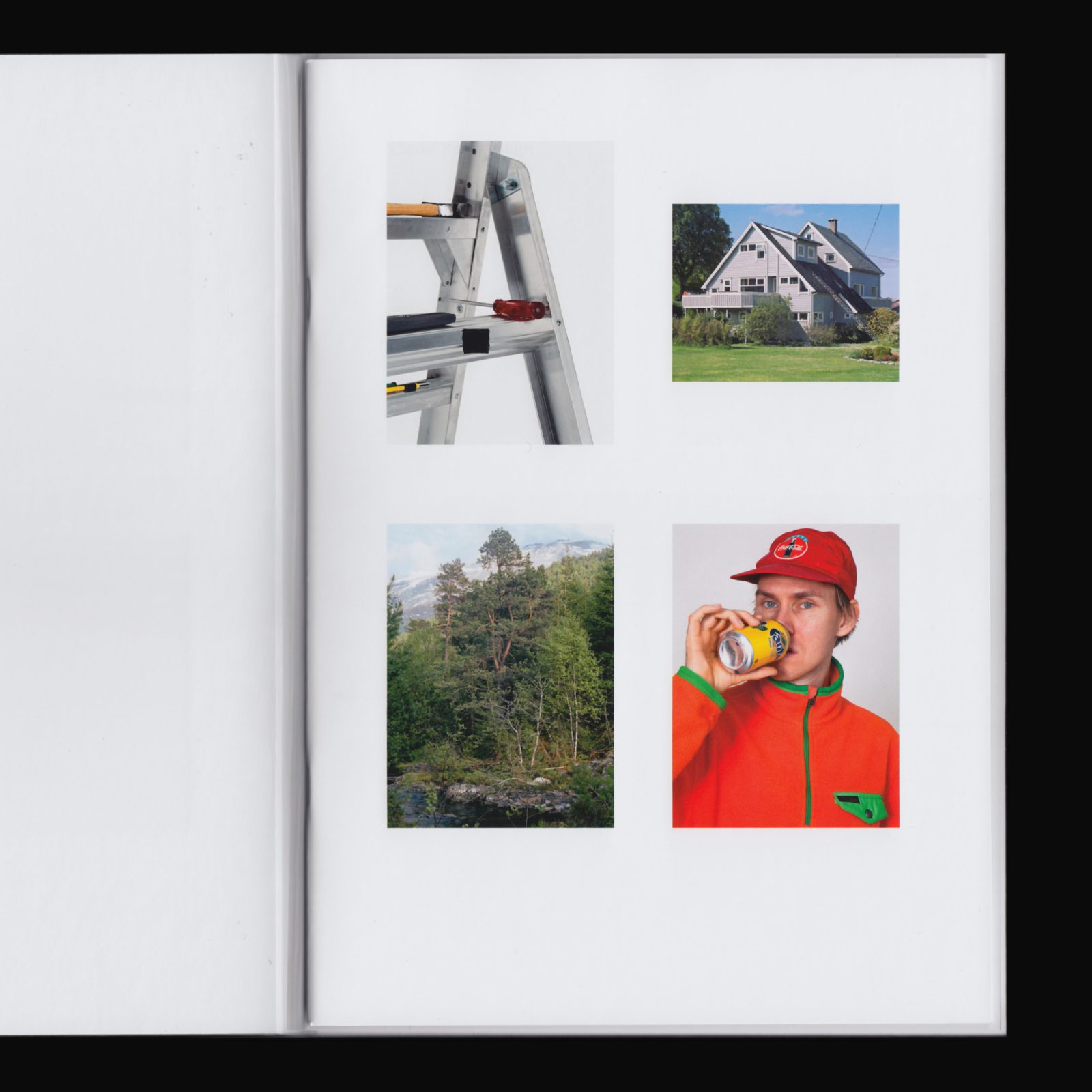
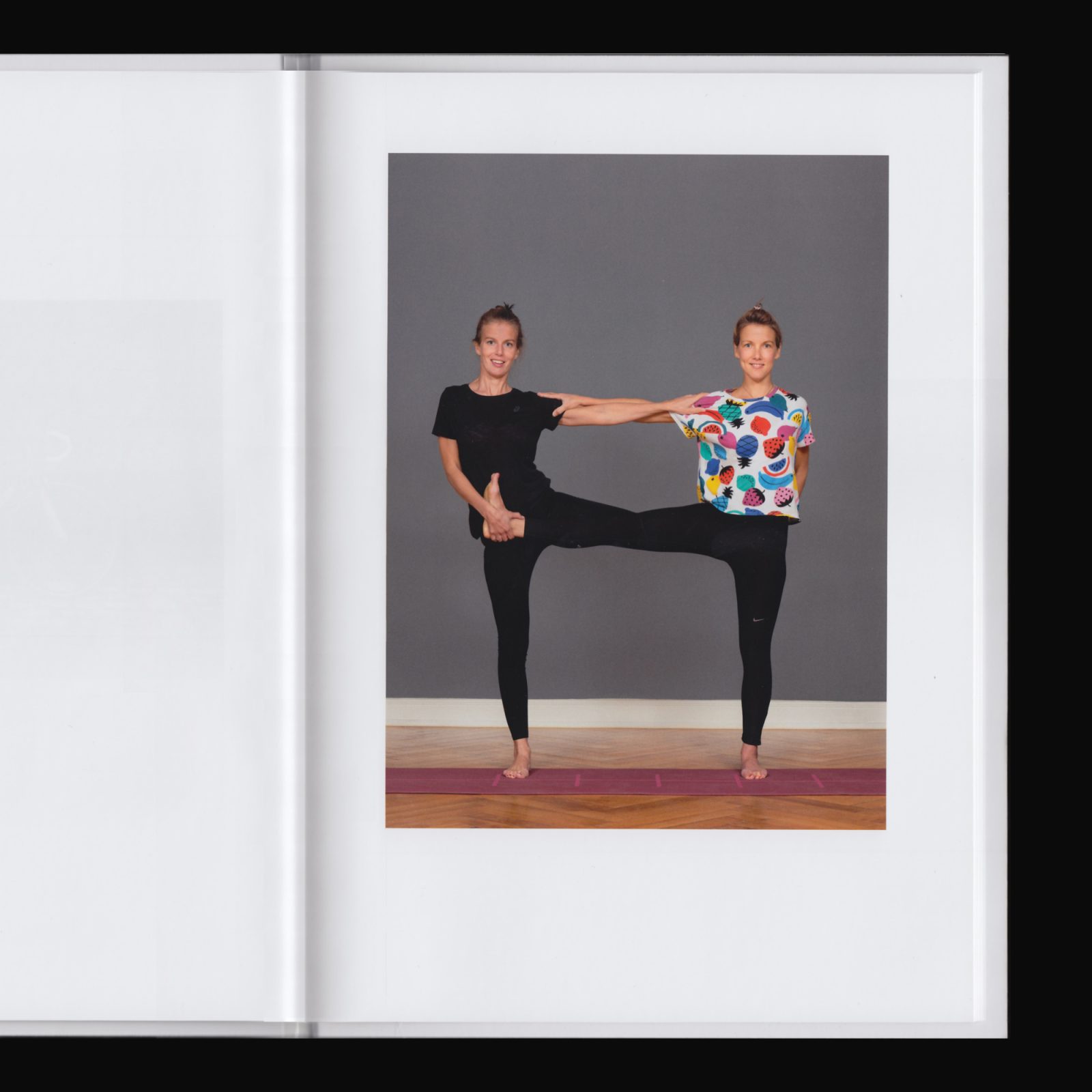
Casual Relationships explores the mechanisms at work in the construction of visual culture. By carefully curating and simulating photographs from contemporary vernacular sources, Max Creasy identifies the way these images are endorsed within social groups and norm circles. The sequencing and design of the publication articulate the associations and patterns discerned from this promiscuous collection of images. The book is offered as a 56pp single section mounted into a case with exposed core and 4 foil blocks to cover.
Designed by OK-RM, London.
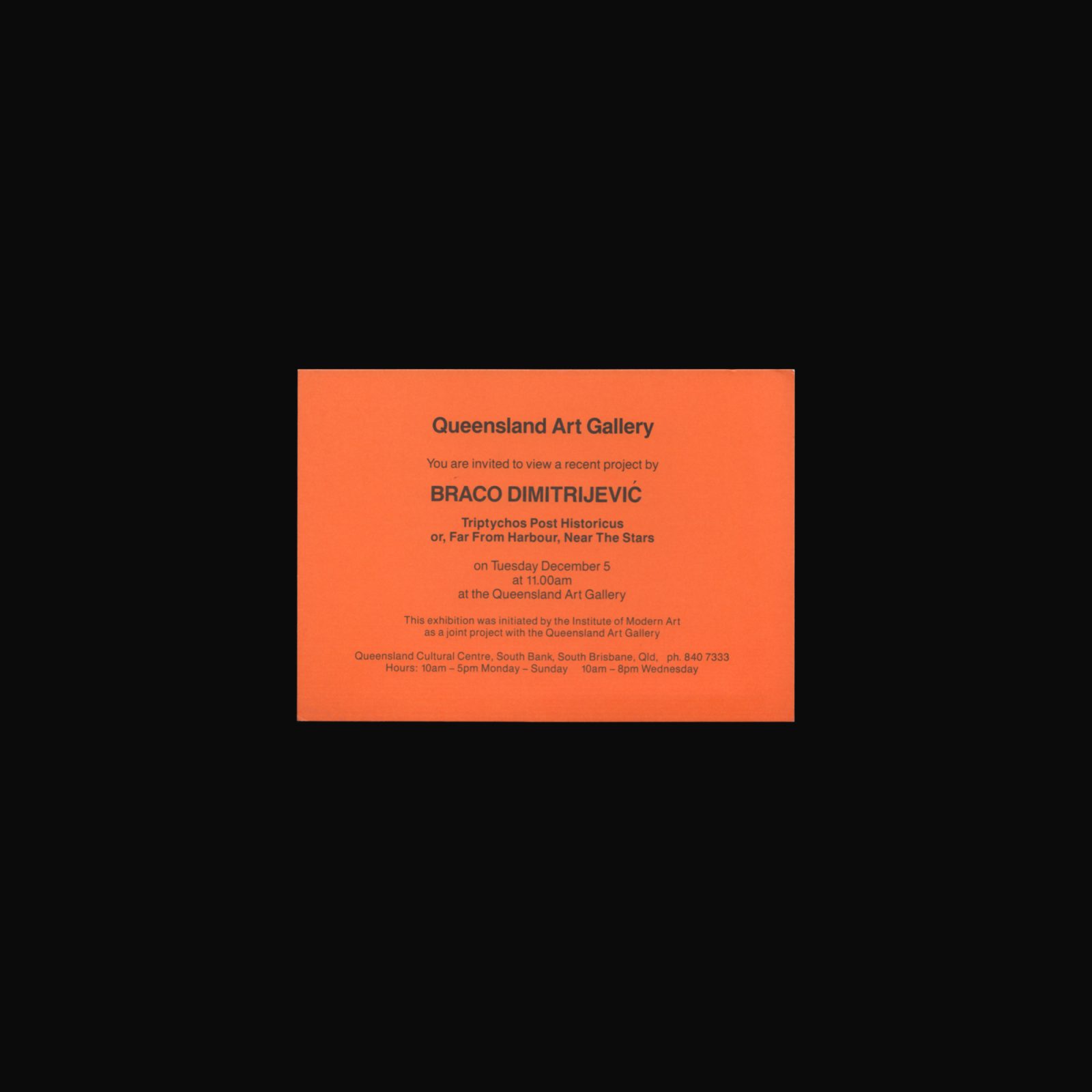
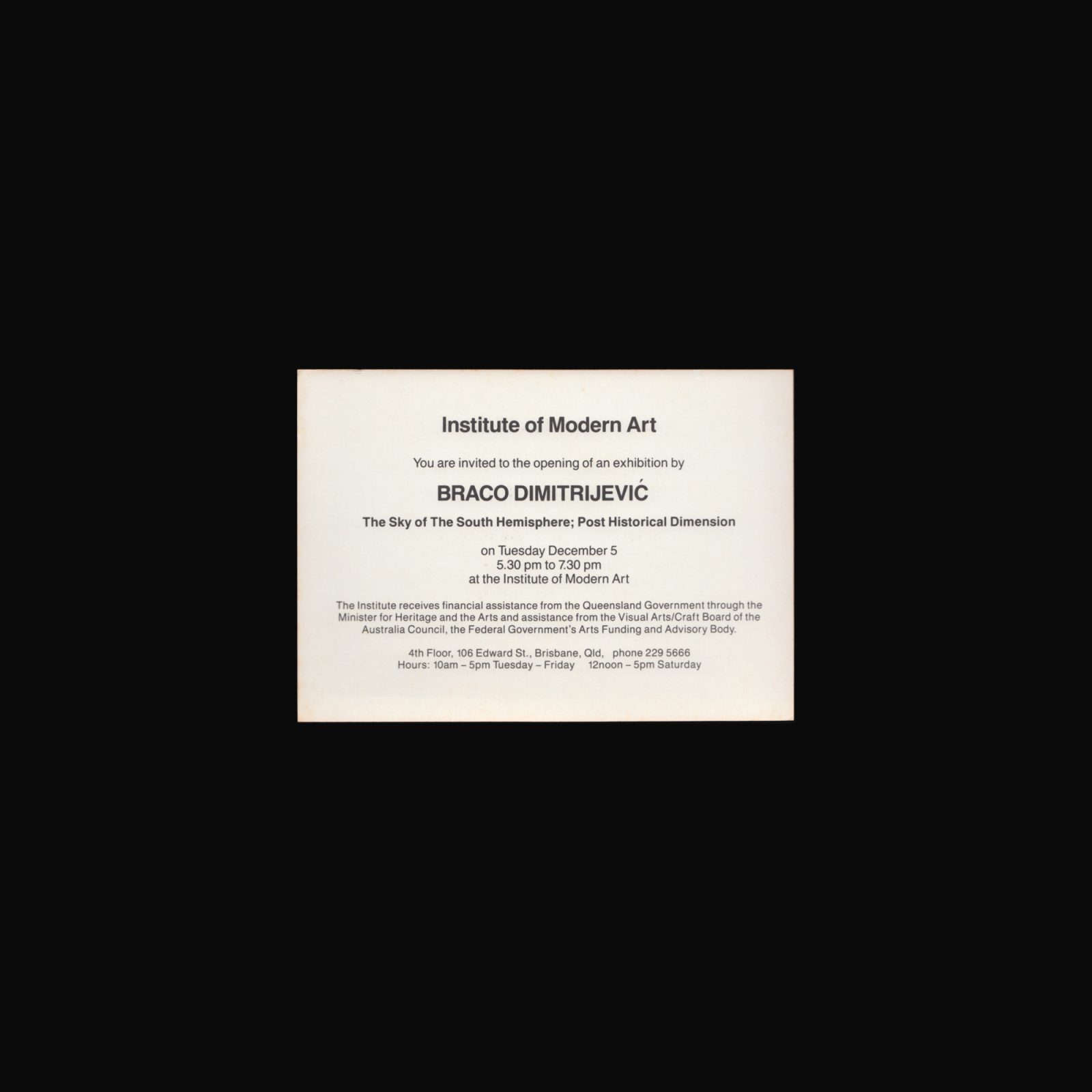
Exhibition invitation produced on the occasion of Braco Dimitrijević’s exhibitions; Triptychos Post Historicus or, Far From Harbour, Near The Stars at the Queensland Art Gallery, Brisbane, and The Sky of The South Hemisphere; Post Historical Dimension at the Institute of Modern Art, Brisbane.
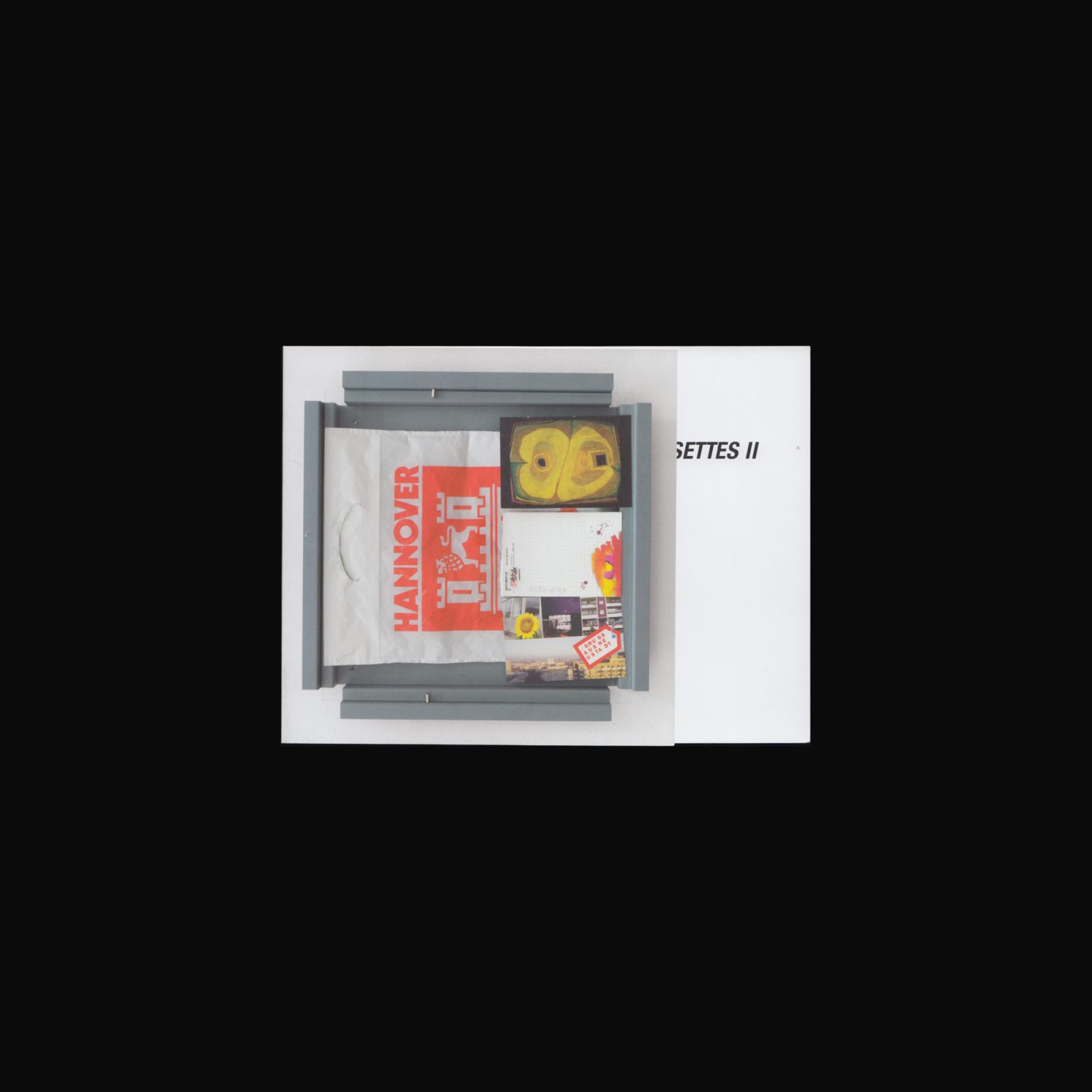

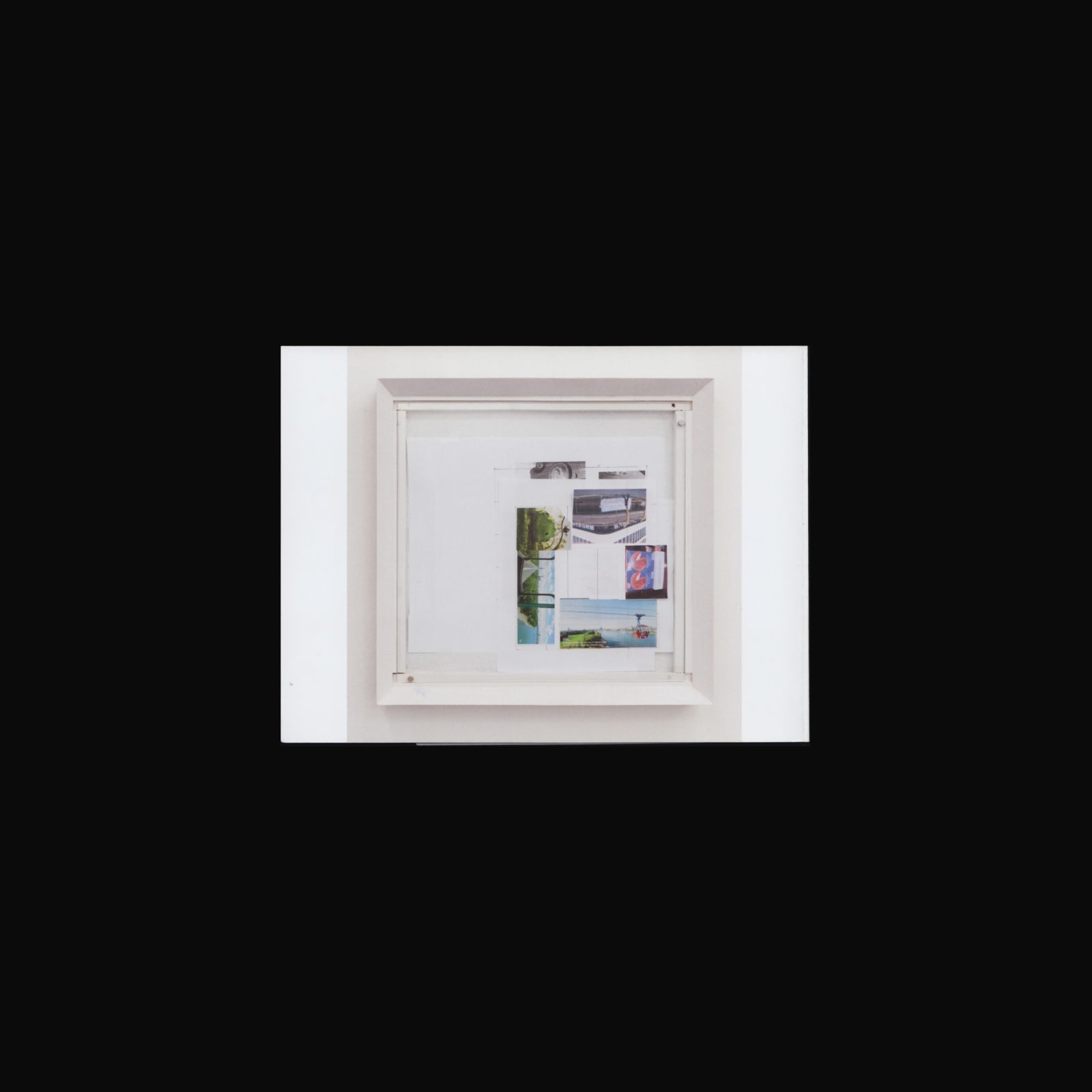
Invitation card produced on the occasion of Manfred Pernice’s exhibition Kassetten/Cassettes II at Kulturkreis der Deutschen Wirtschaft, Berlin, January–December, 2017.